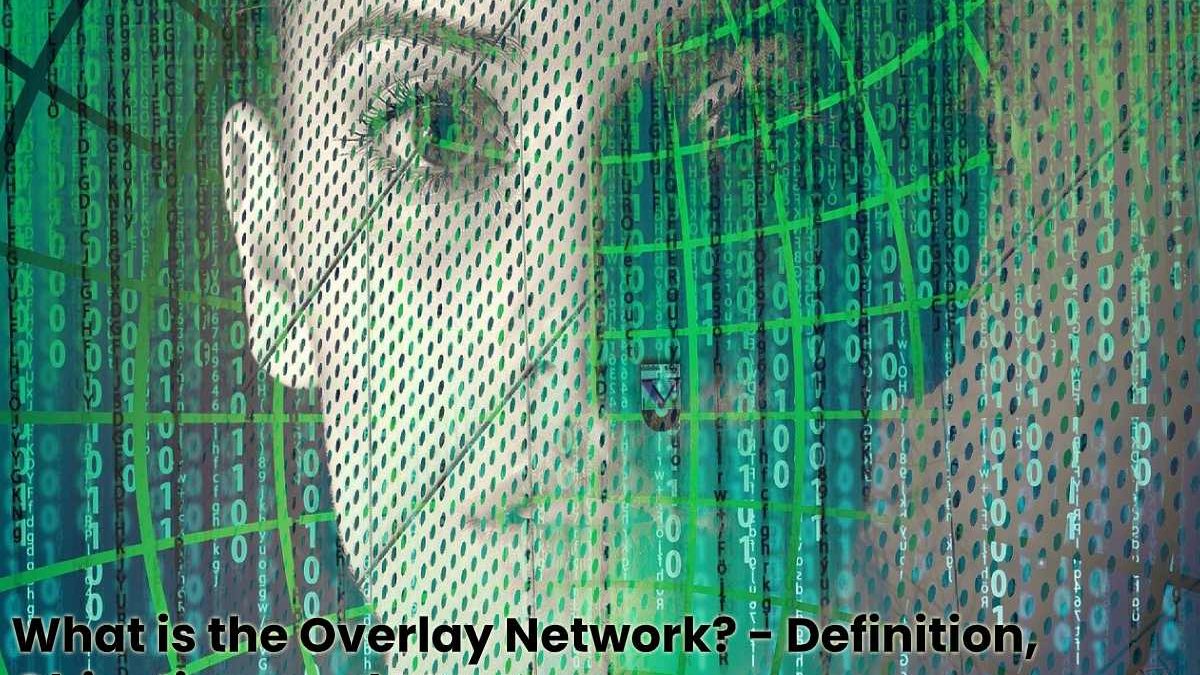Overlay Network Definition
An Overlay Network is a computer network which is built on another network. It can be supposed that the nodes in the overlay network are connected by logical or virtual links. Each of which corresponds to a route, perhaps through many physical links, in the primary network.
Originally, the introduction of the Internet was an overlay on the telephone network. While today (through the arrival of VoIP), the telephone network is increasingly becoming an overlapping network built on the Internet.
The use of overlapping networks is in telecommunications due to the availability of digital circuit and fiber optic switching equipment.
Telecommunications transport networks and IP networks (which combine the more extensive Internet network) superimpose with at least one fiber optic layer. A transport layer and an IP or circuit switching layers (in the case of PSTN).
Also Read: Thinking to Build A Taxi Application? Here Are 5 Thoughts Why You Own One
Objectives
Private business networks overlapped for the first time in telecommunication networks. Such as frame relay and asynchronous transfer packet switching infrastructures. But these migrations to IP-based MPLS networks began and virtual private networks.
From a physical point of view, the overlay networks are quite complex. Since they combine several logical layers that operate and built by several entities (companies, universities, government, etc.).
But allows separation of concerns that overtime allowed the accumulation of a wide range of services that doesn’t propose by a single telecommunications operator. (ranging from broadband Internet access, voice over IP or IPTV, competitive telecommunications operators, etc).
- Today, the Internet is the basis of more overlapping networks that can build to allow routing of messages to some destinations. Which doesn’t state by an IP address.
- For example, the use of distributed hash tables is to route messages to a node that has a specific logical address, whose IP address is unknown in advance.
- Overlapping networks propose as a way to improve Internet routing; for example, through the quality of service guarantees to achieve high-quality transmission media.
- The previous proposals such as IntServ, DiffServ and IP multicast does not accept it, because they require the change of all routers in the network.
- Instead, an overlay network can implement incrementally on the end hosts running the overlay protocol software. Without the cooperation of the ISPs.
There is no control of overlay over the route of the packets in the underlying network between two overlapping nodes. But you can control, for example, the sequence of overlapping nodes that a message goes through before reaching its destination.
Also Read: What is an SFC (Service Function Chaining)? – Definition and More

